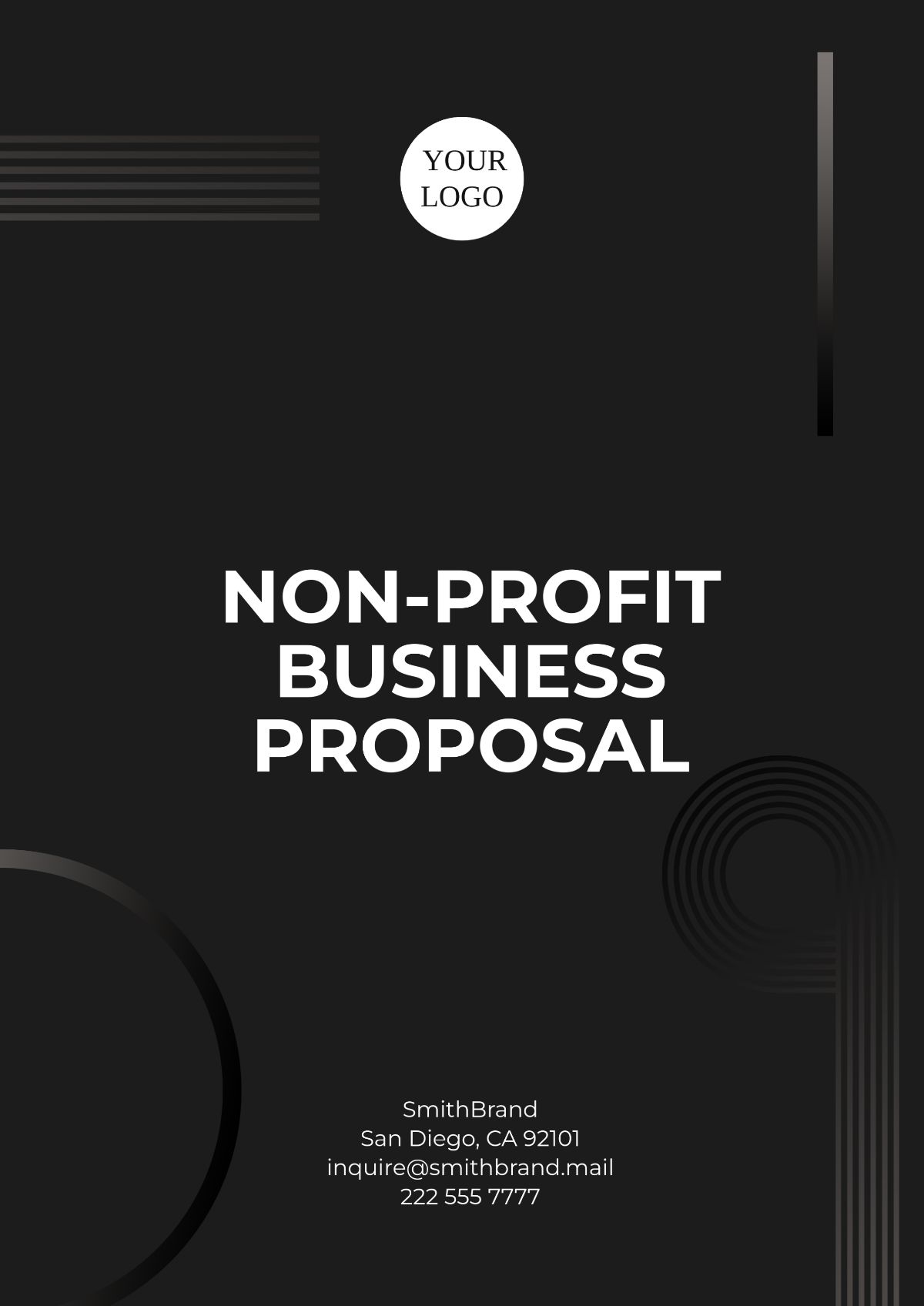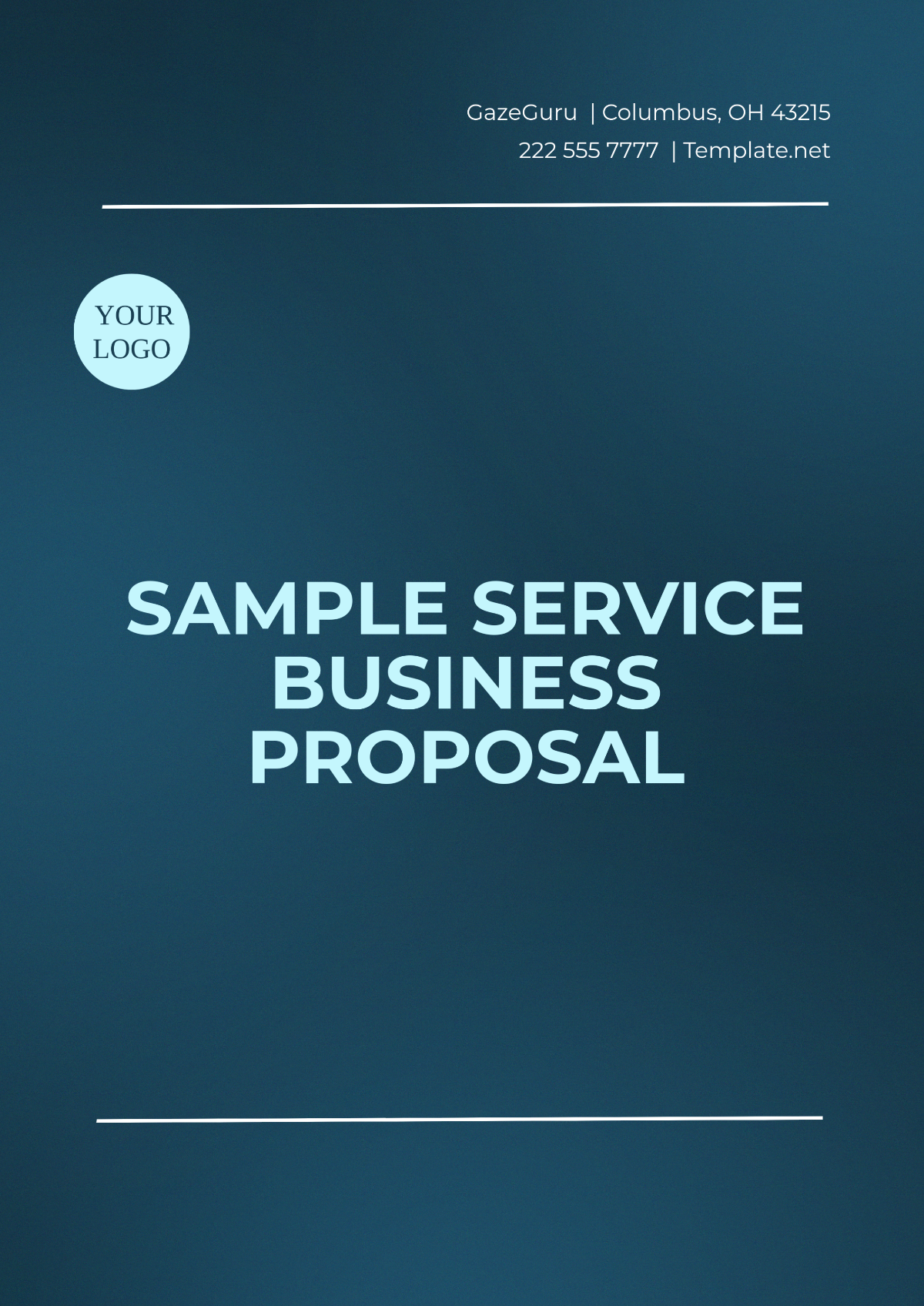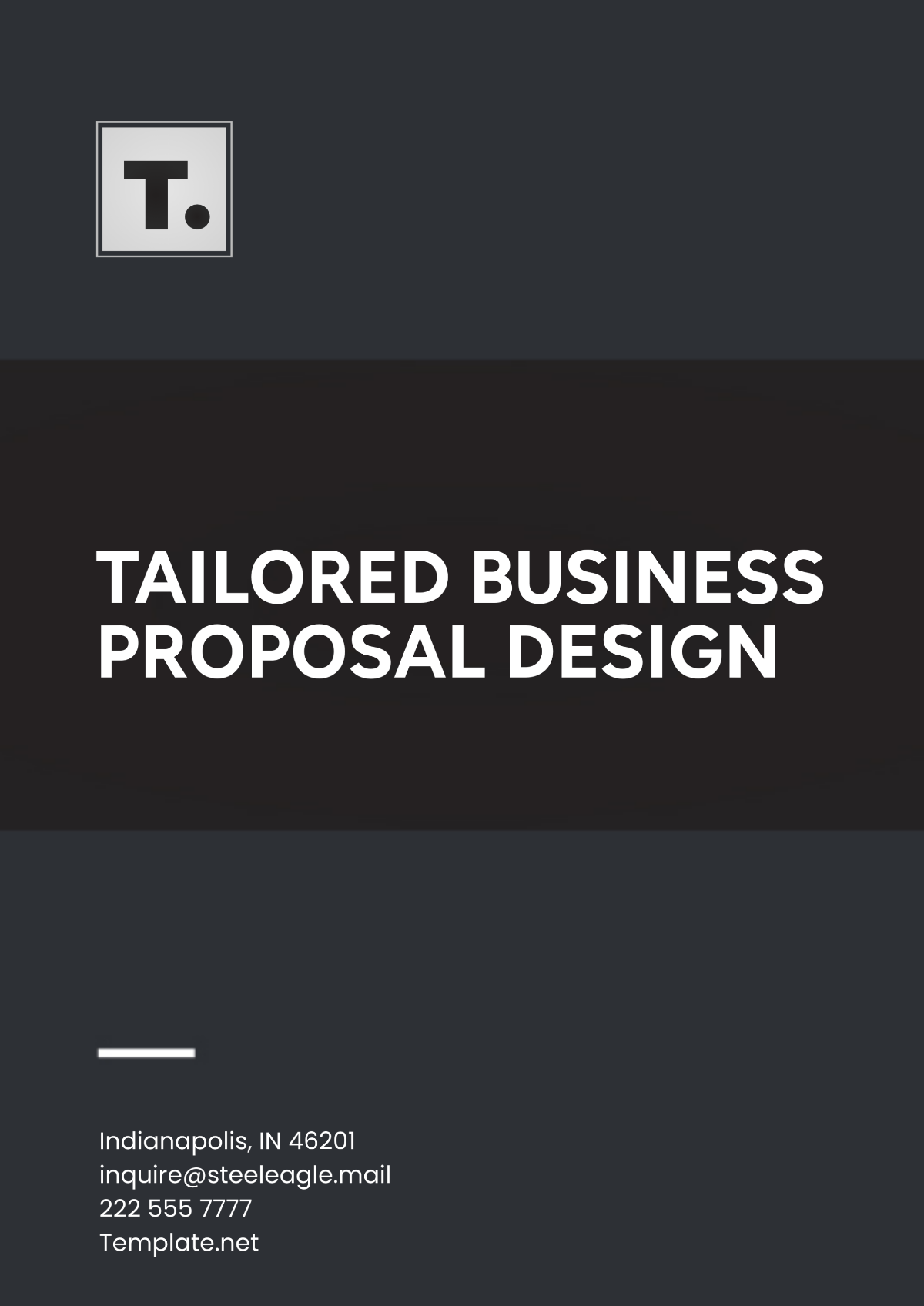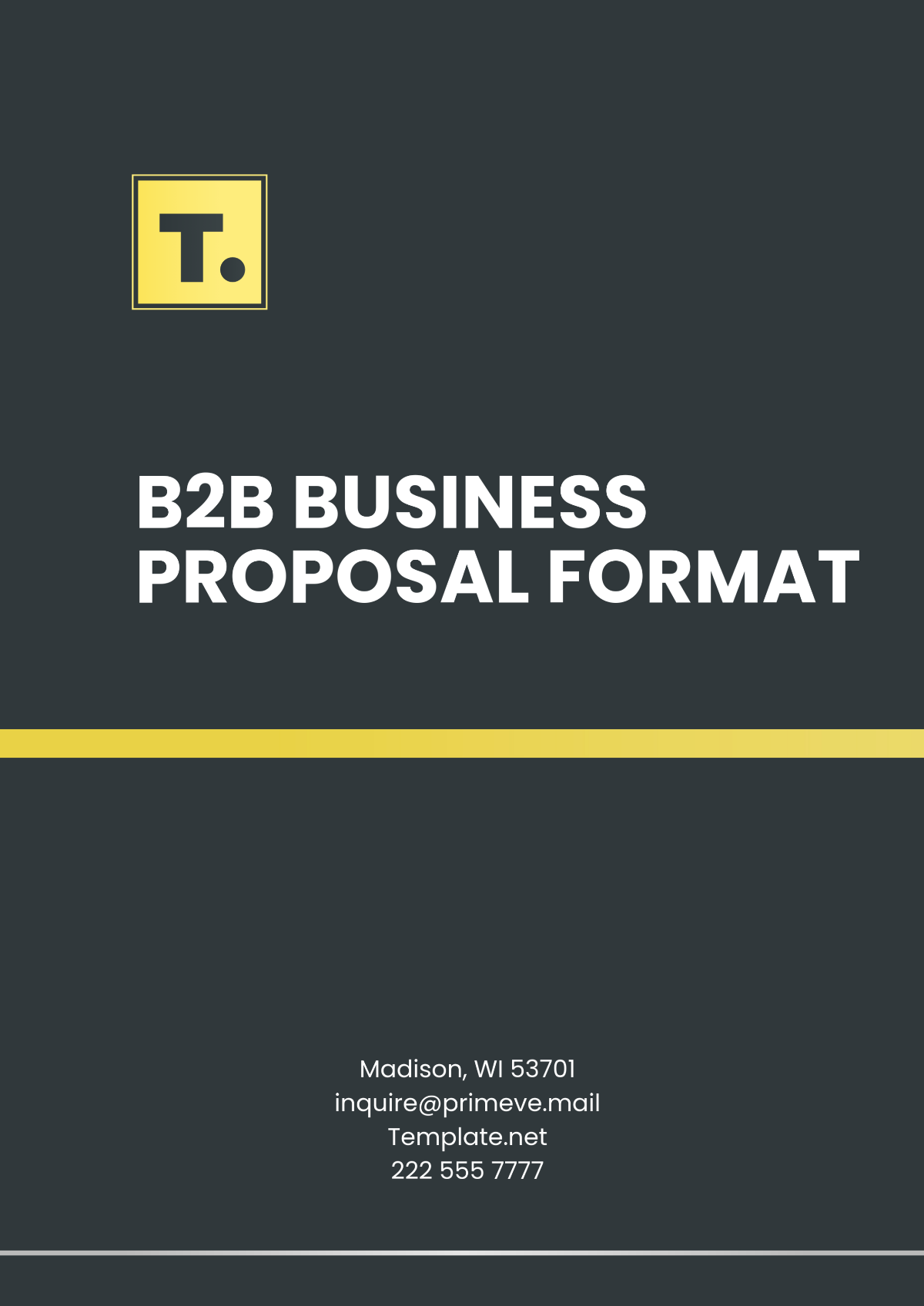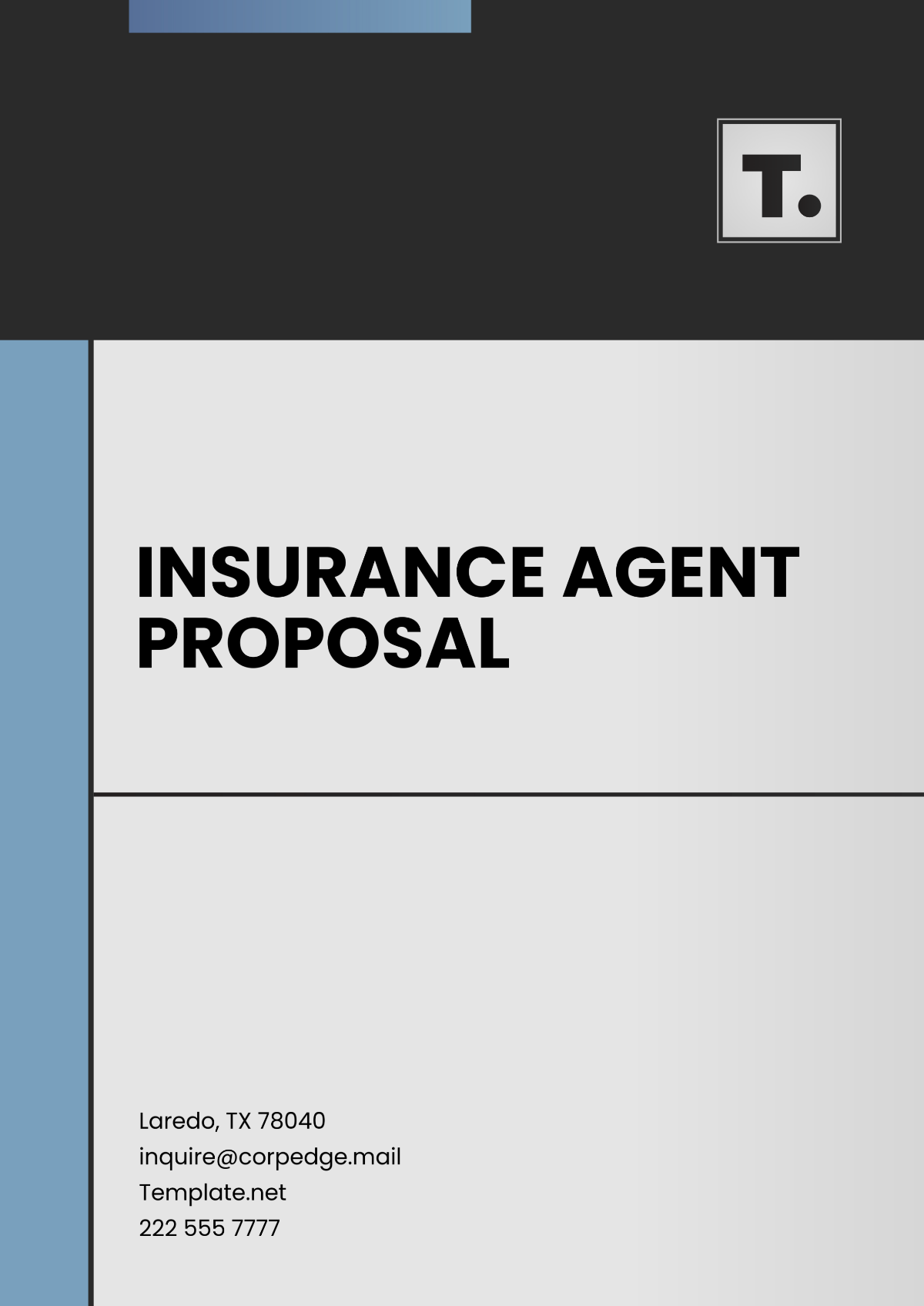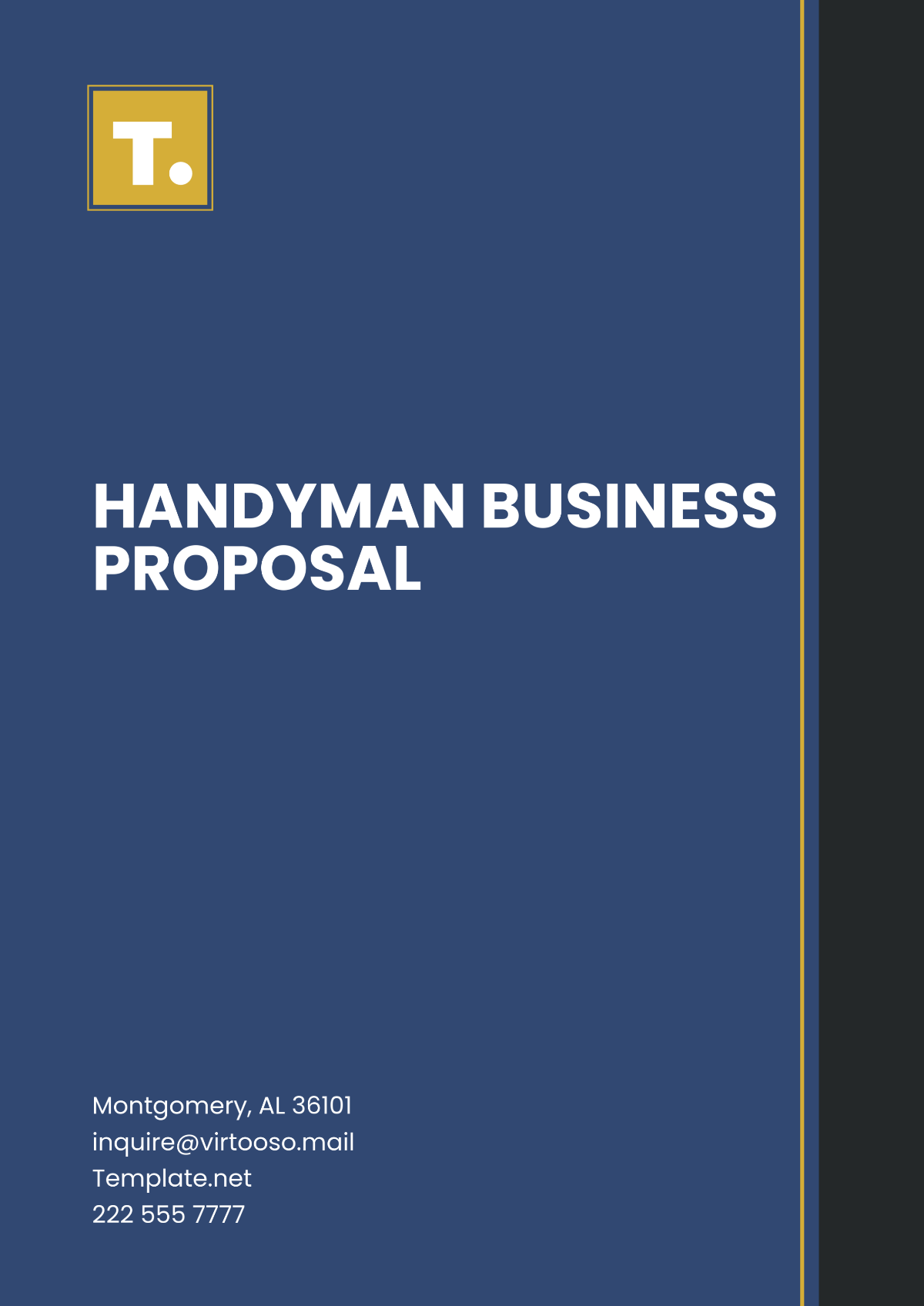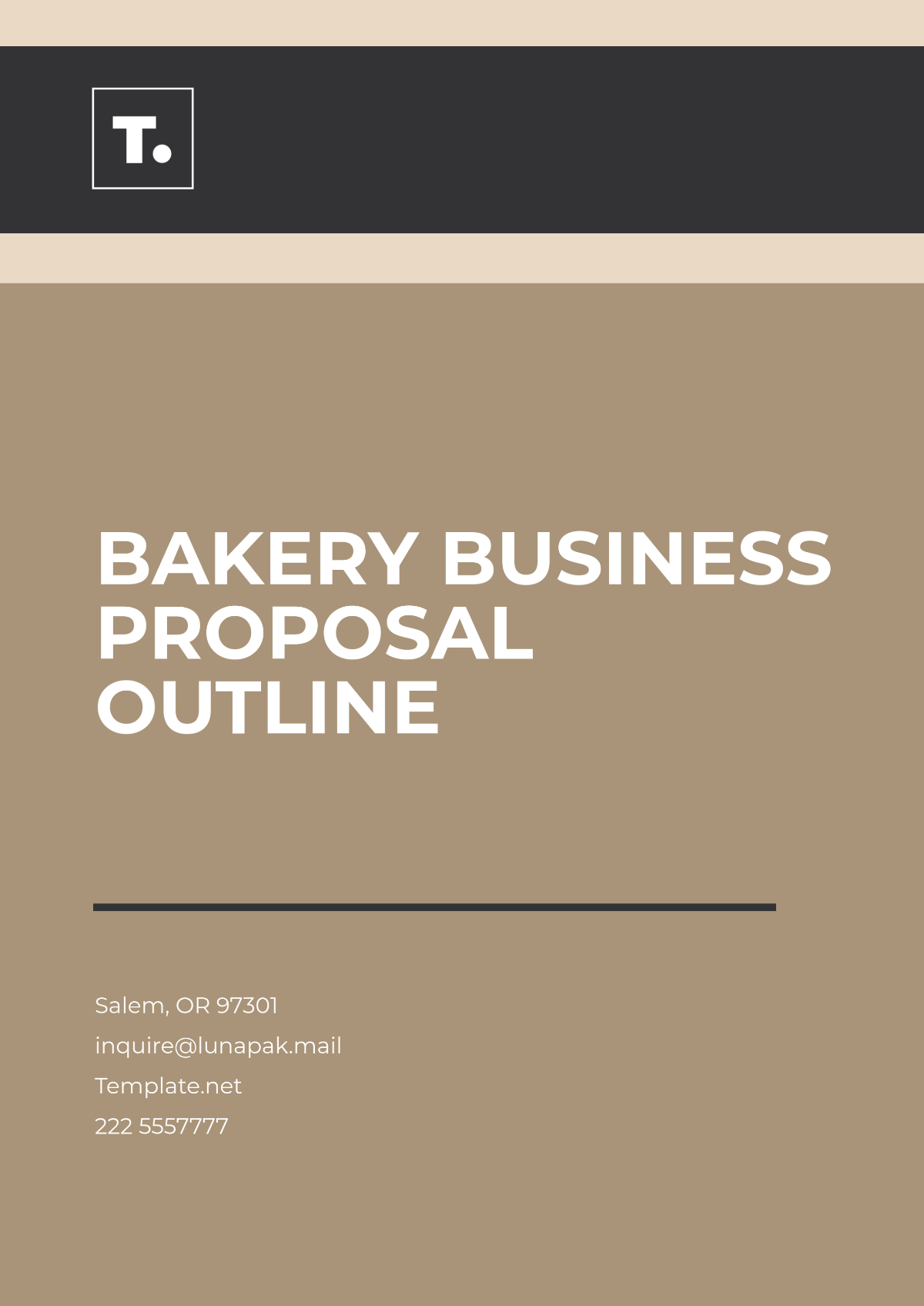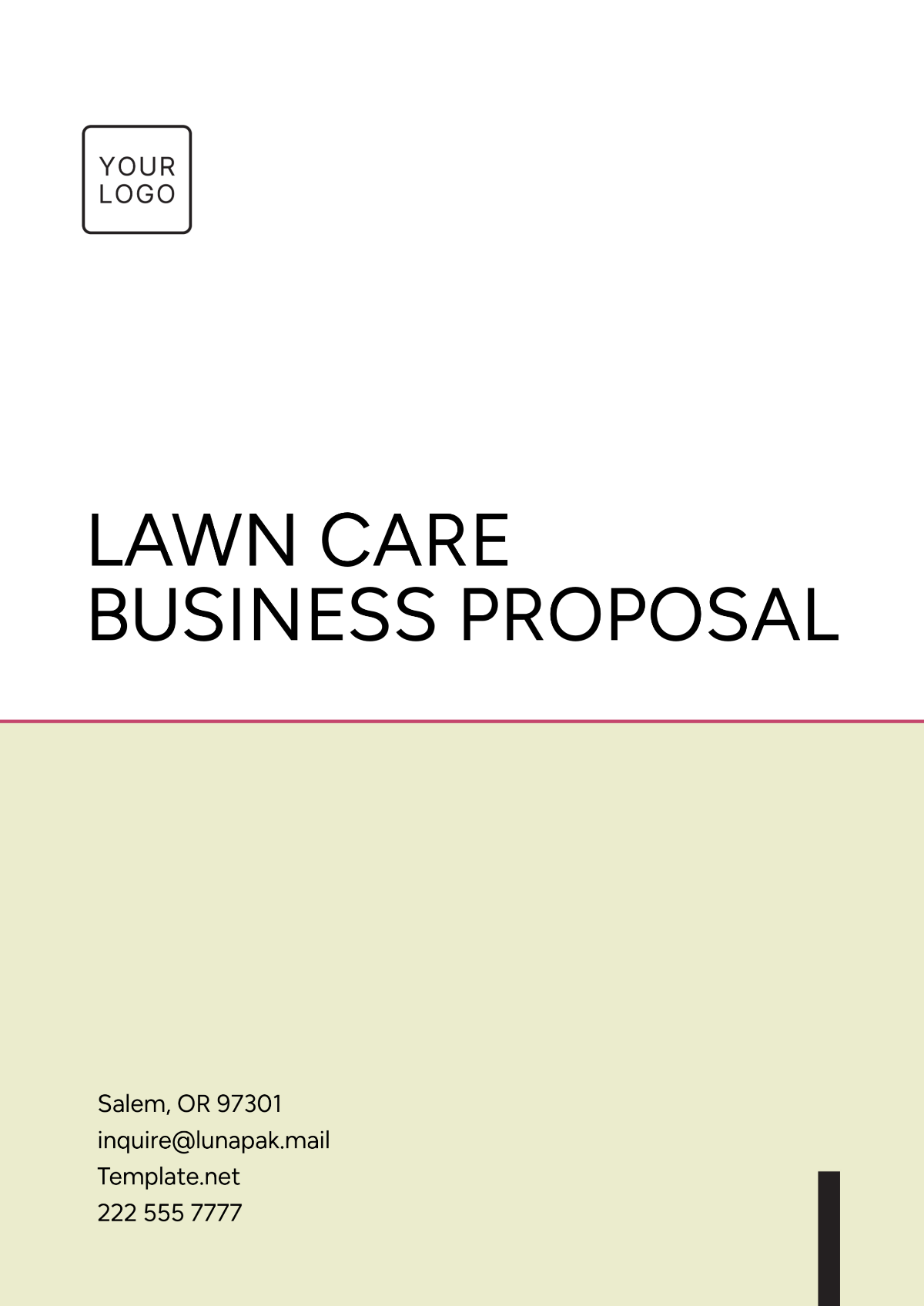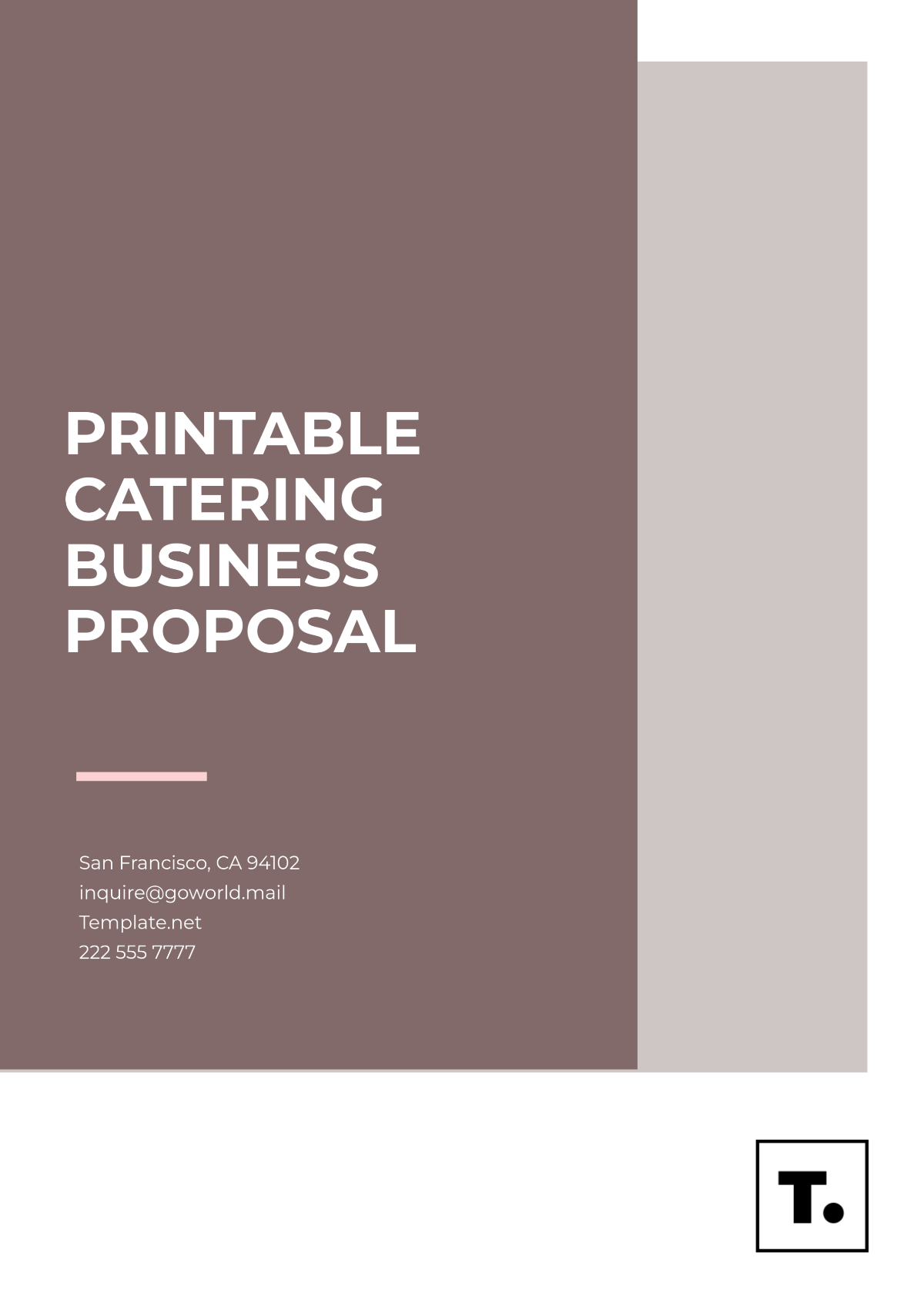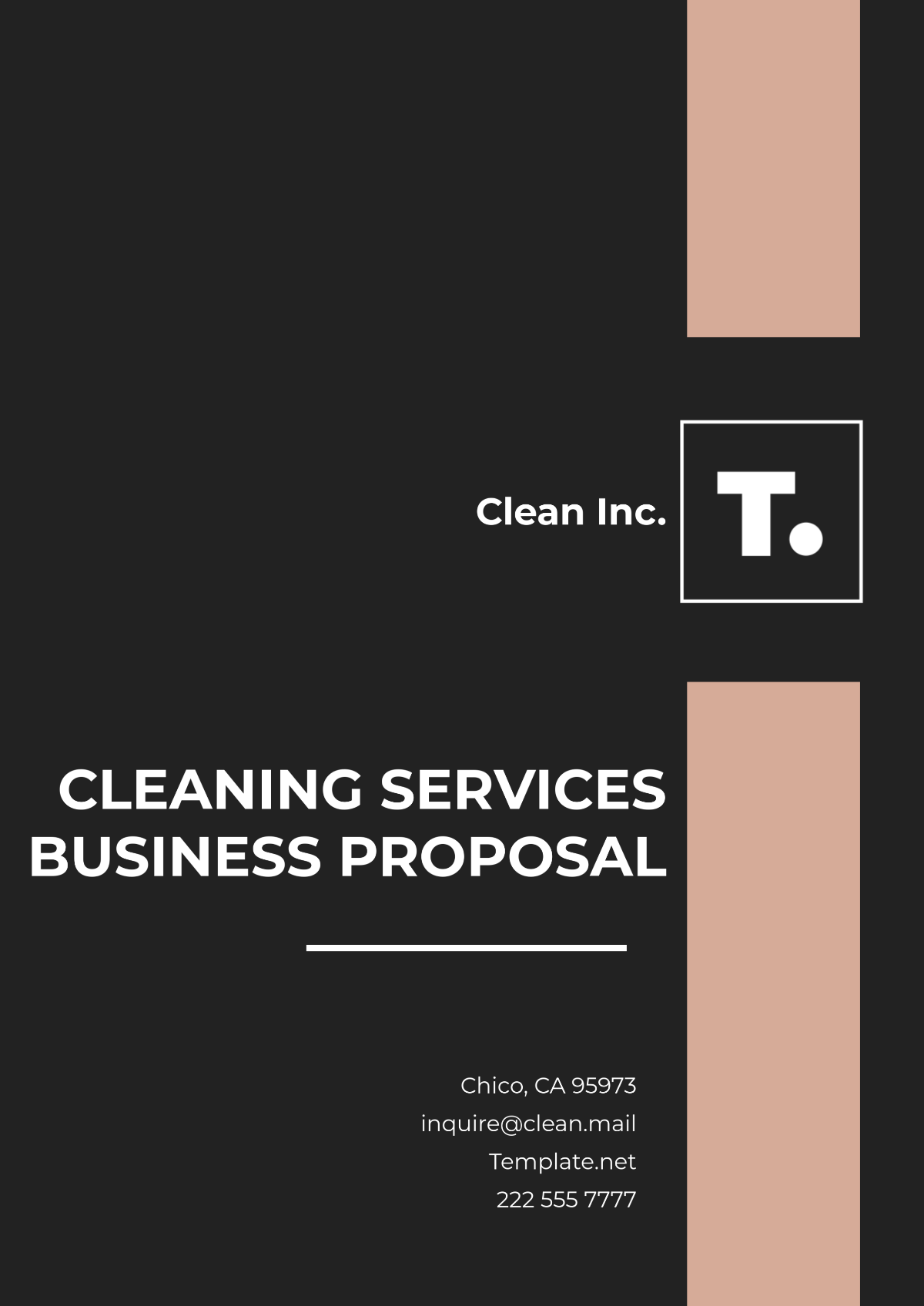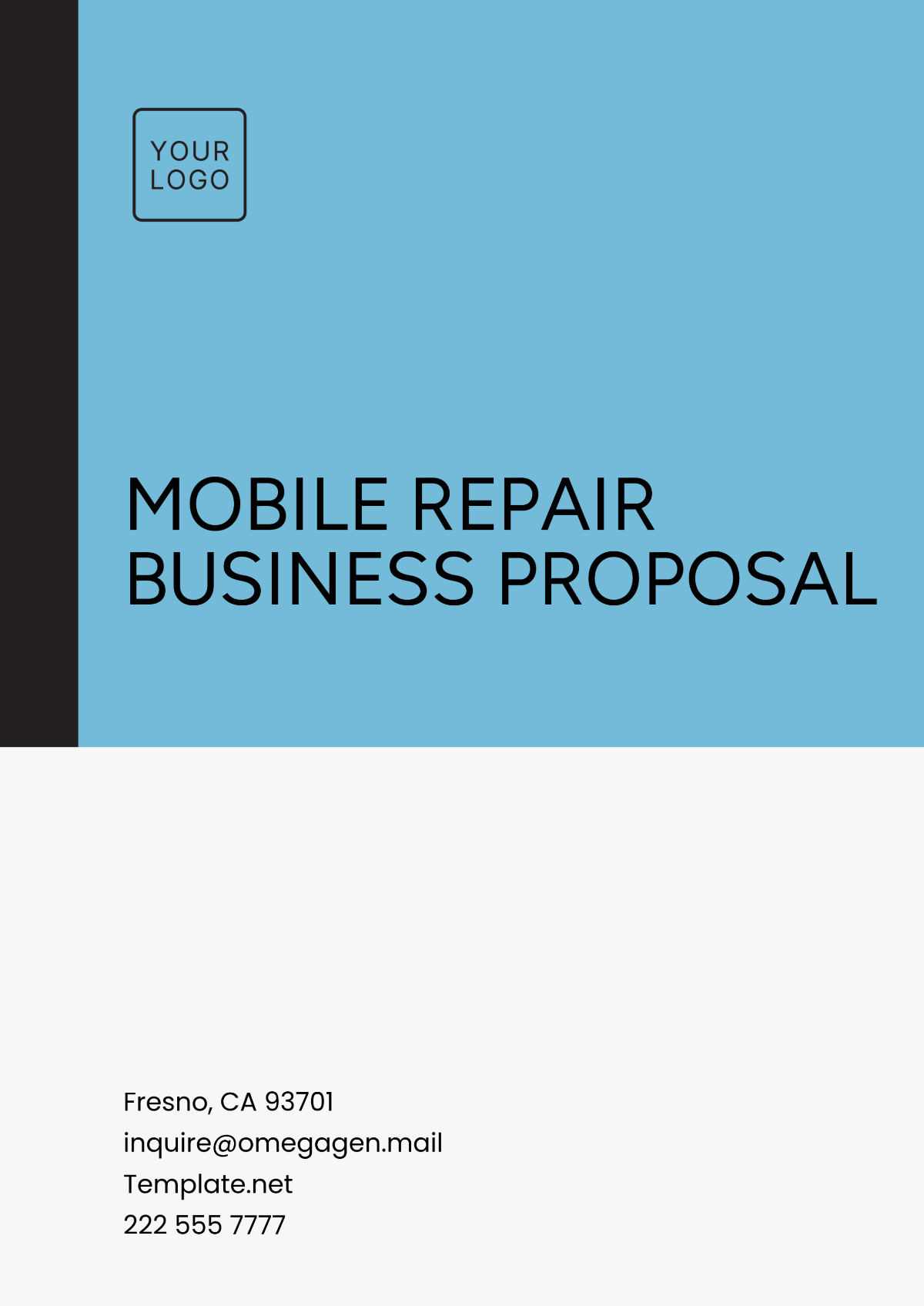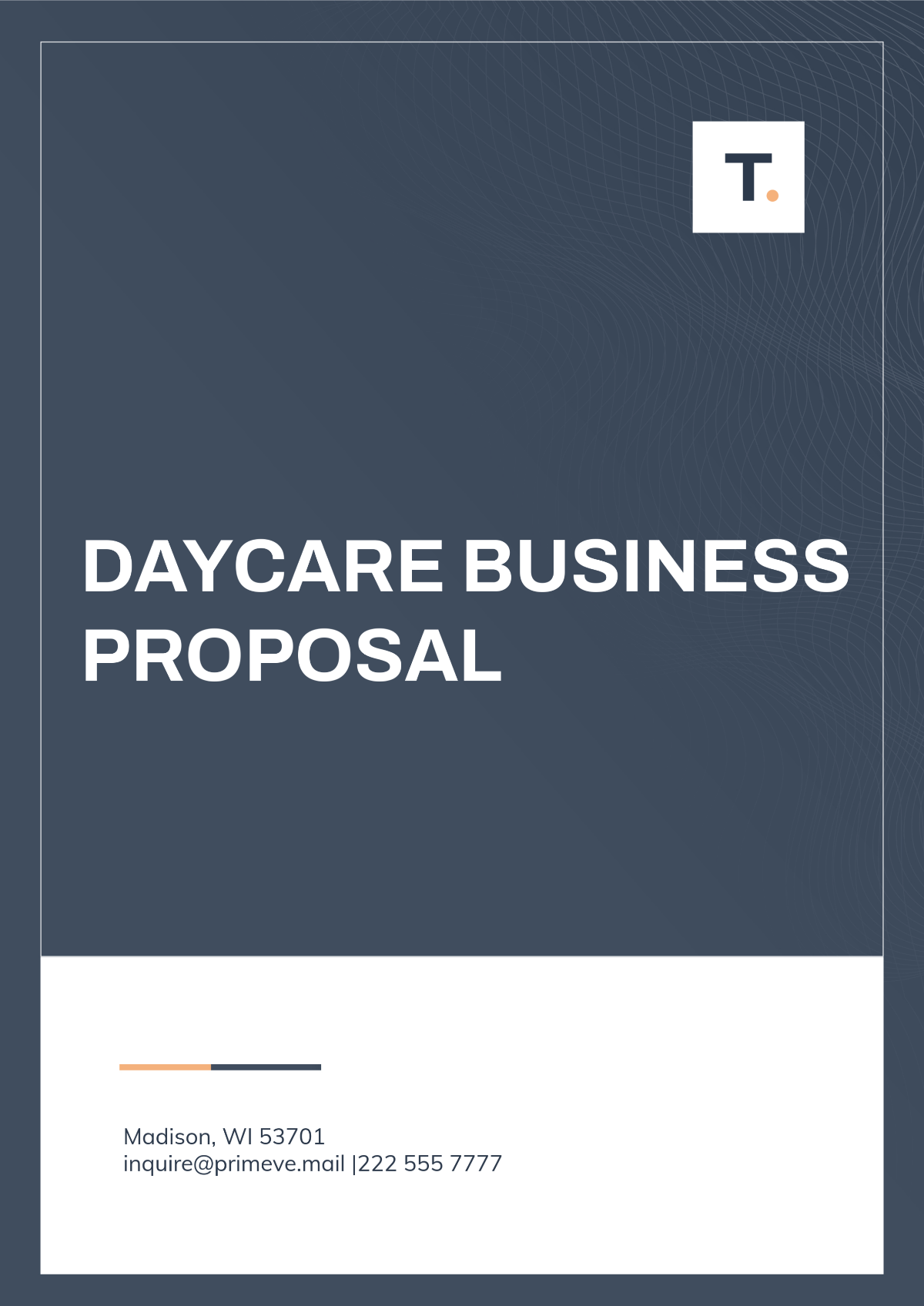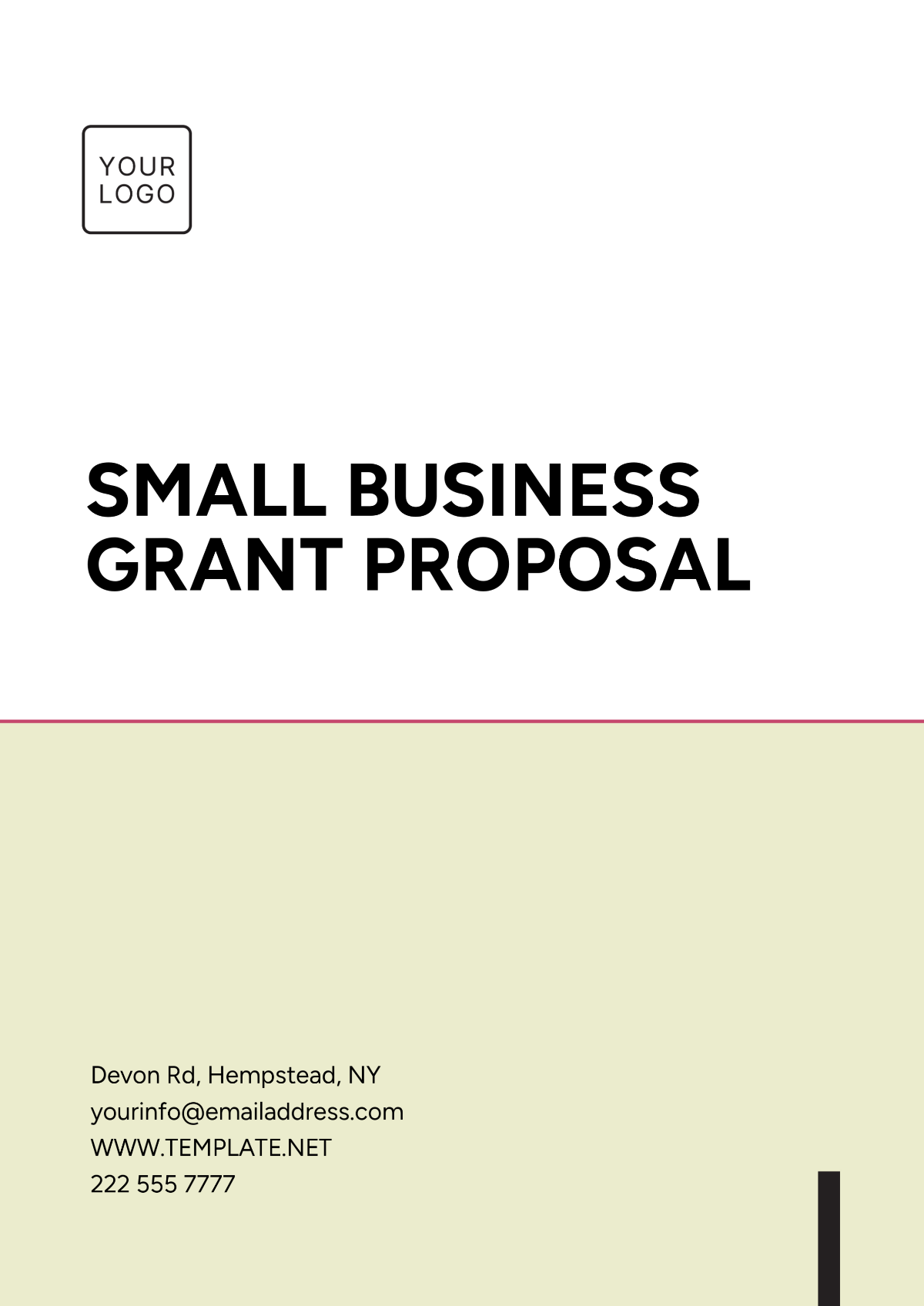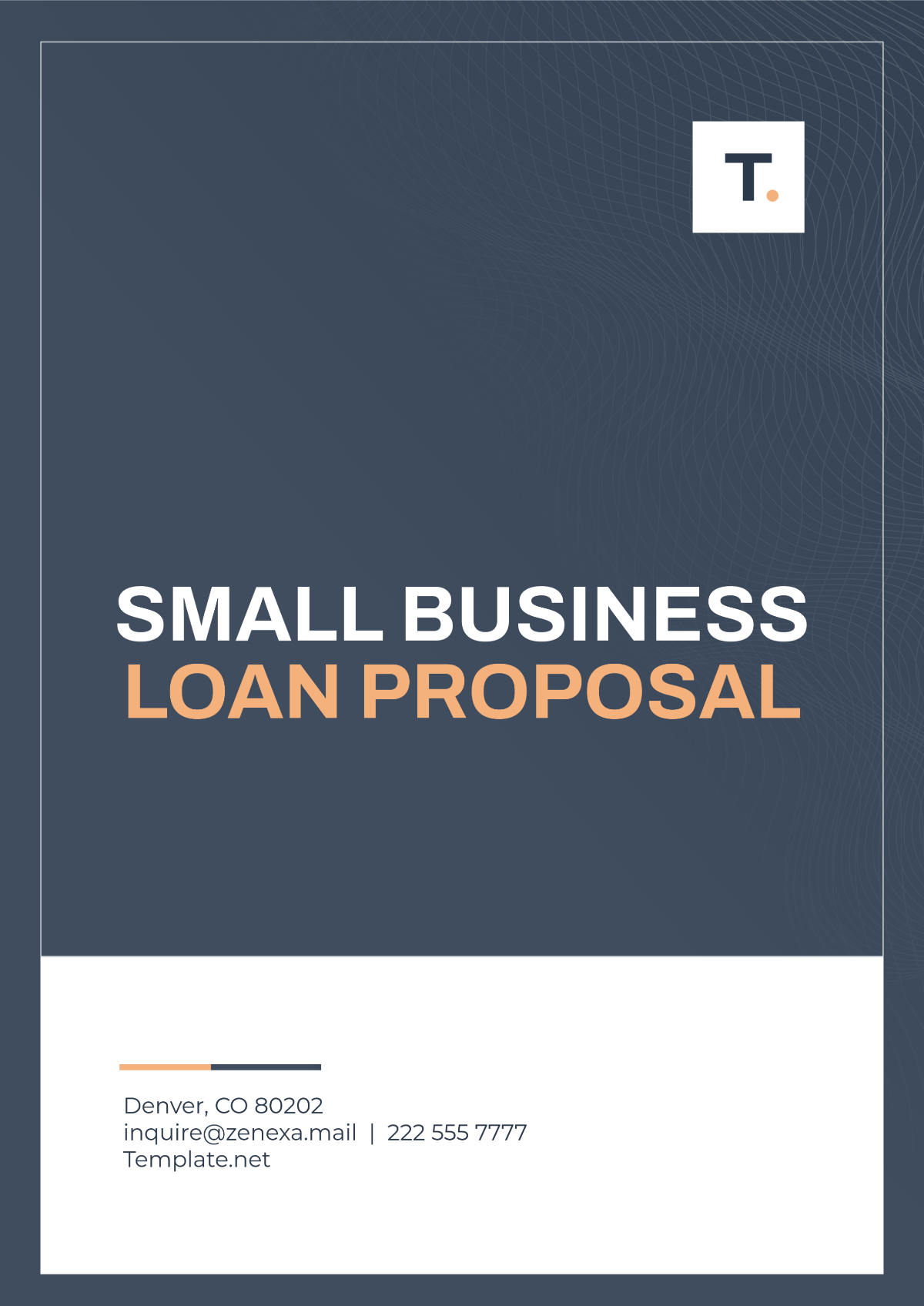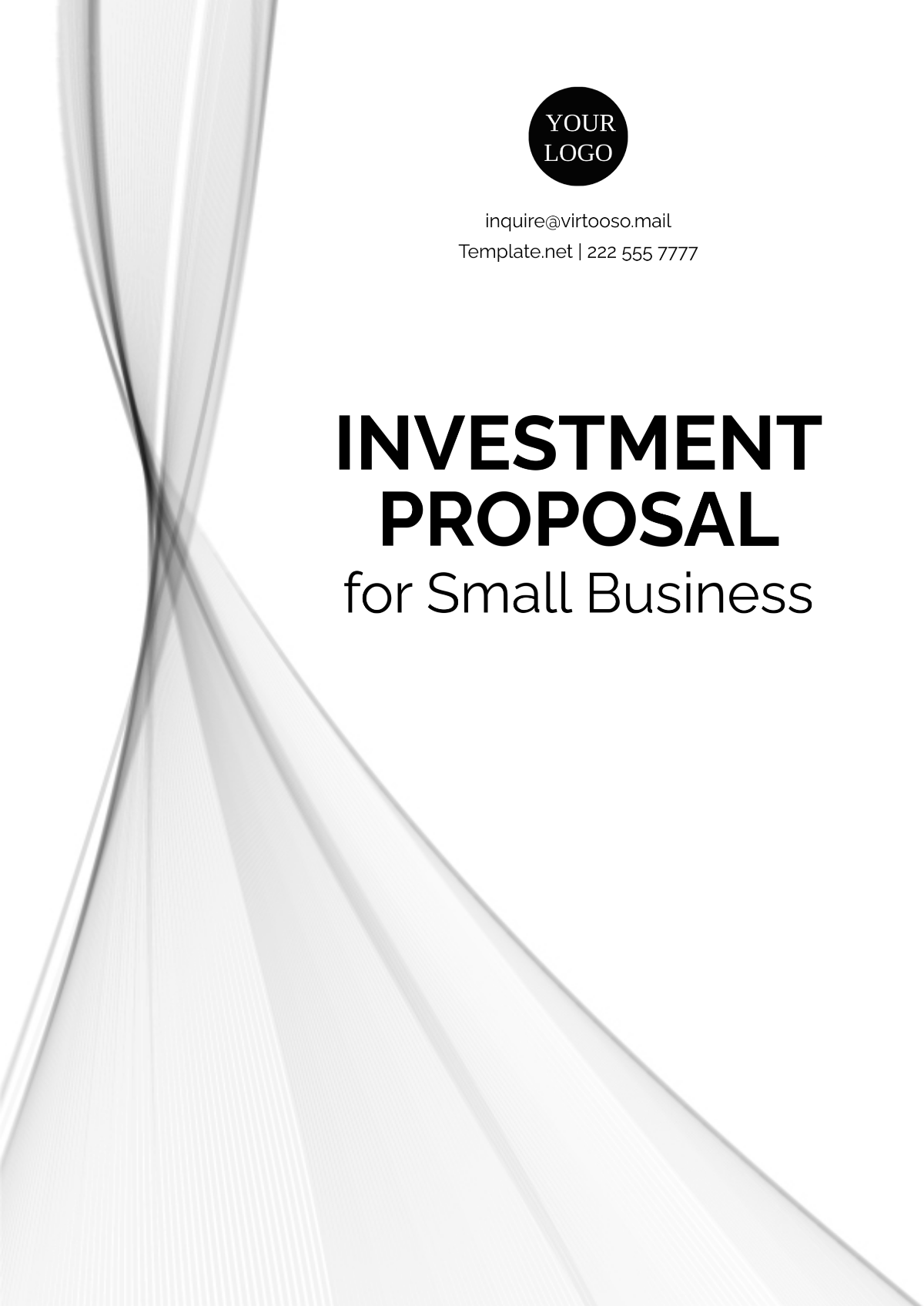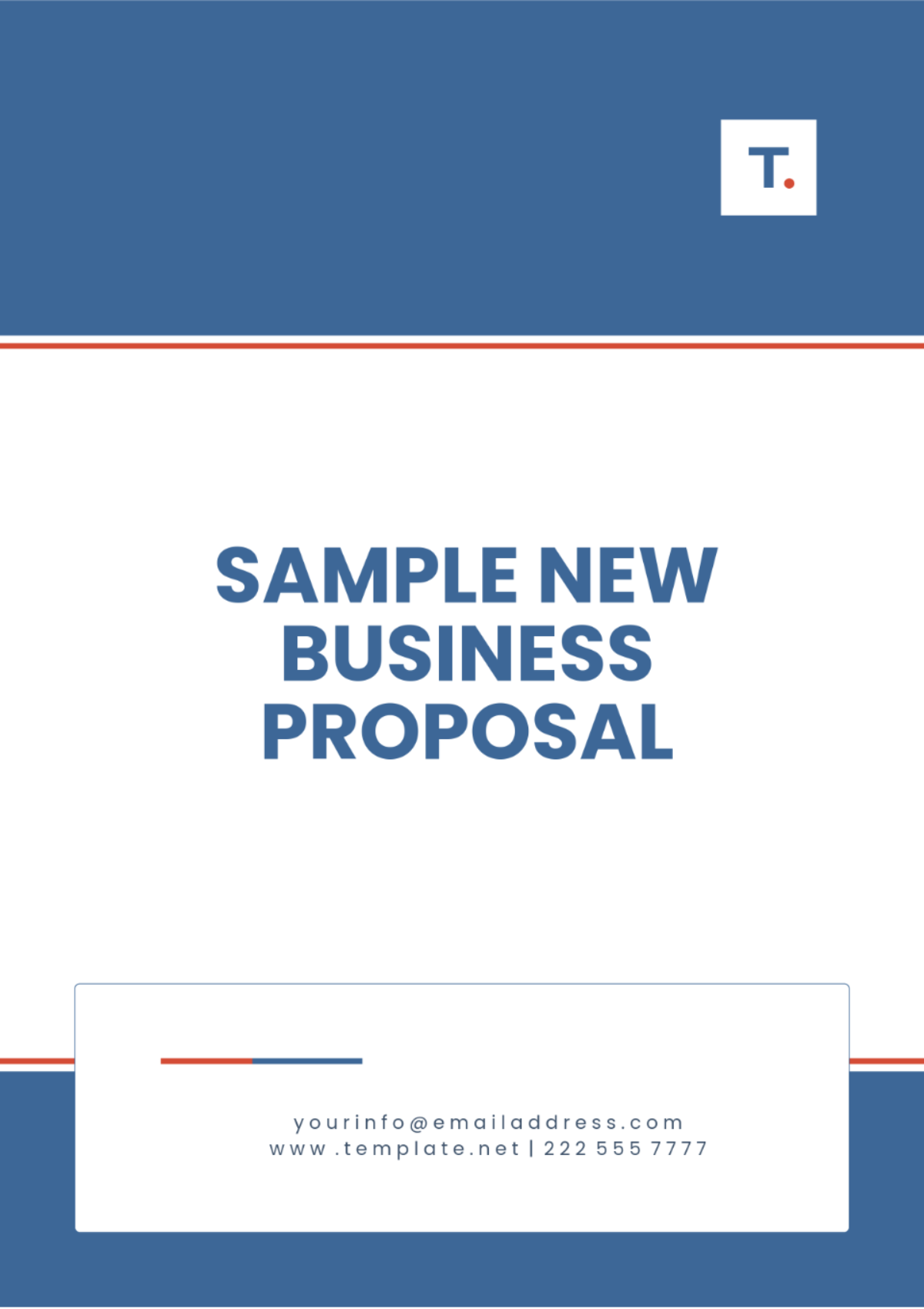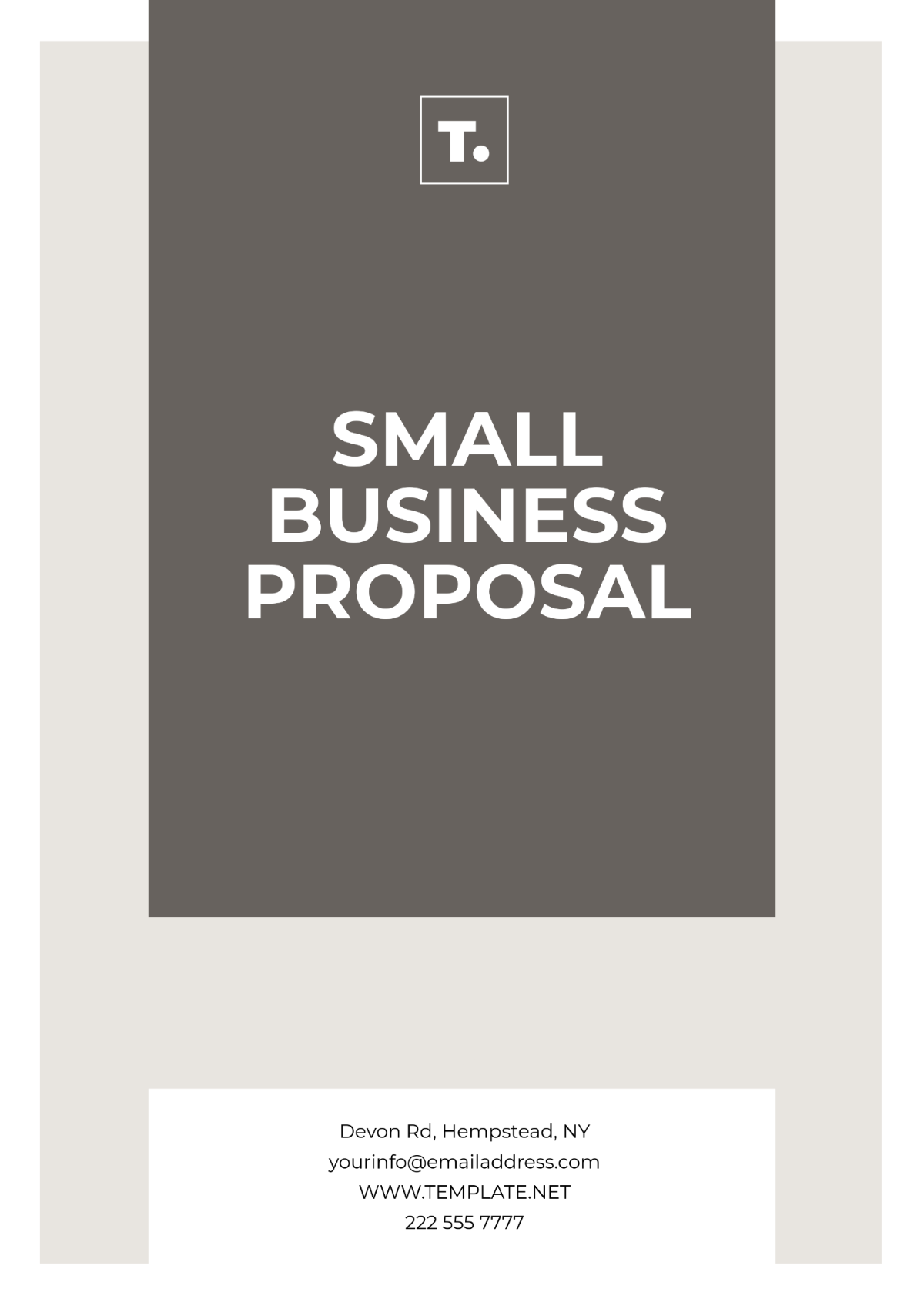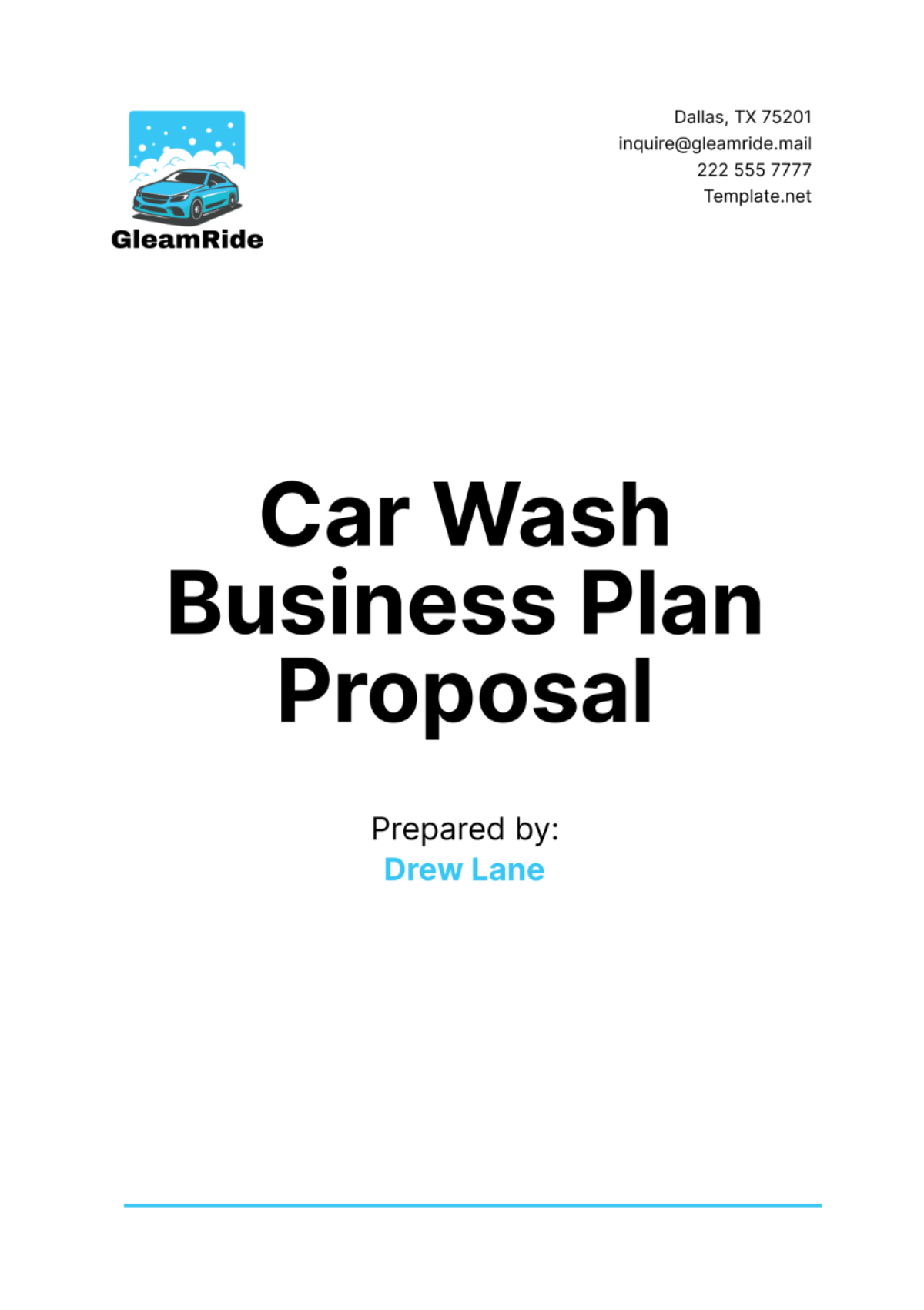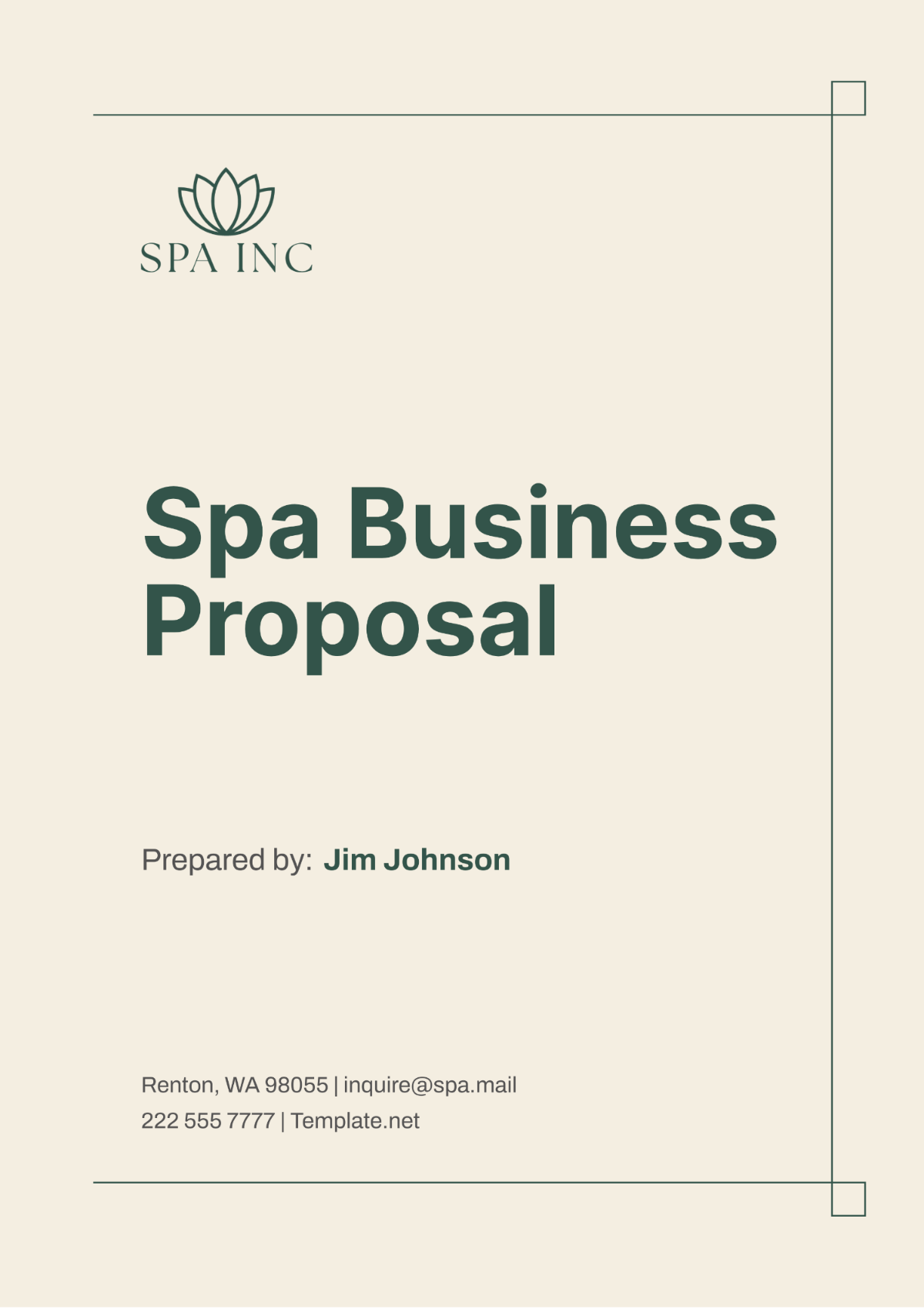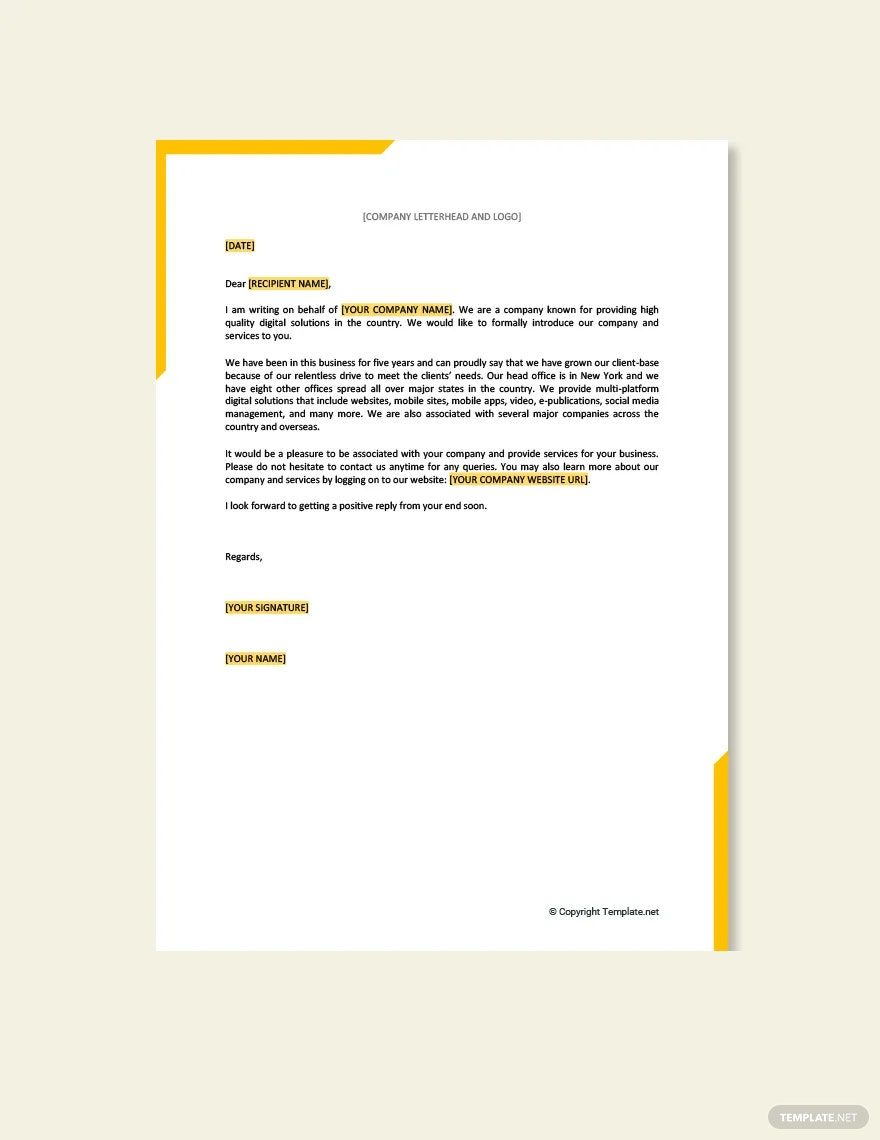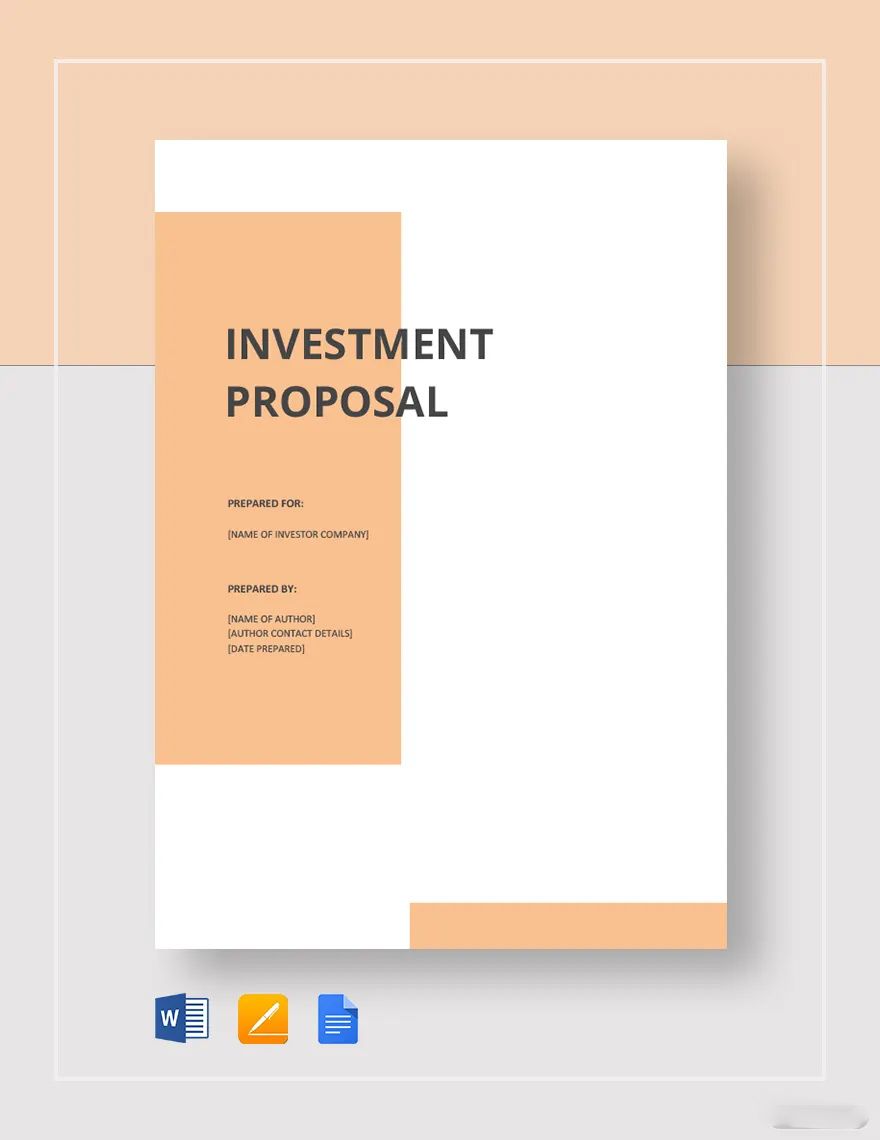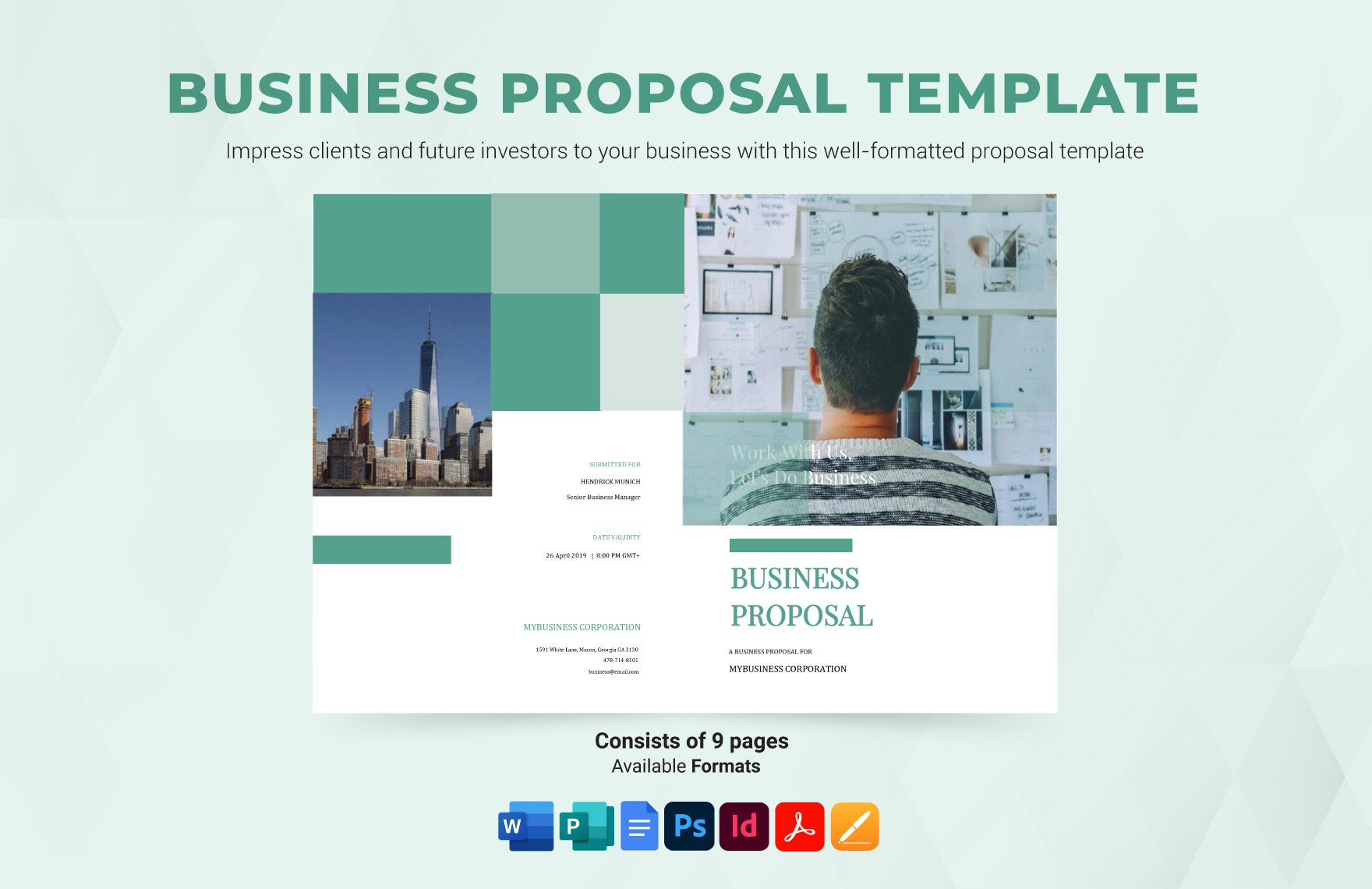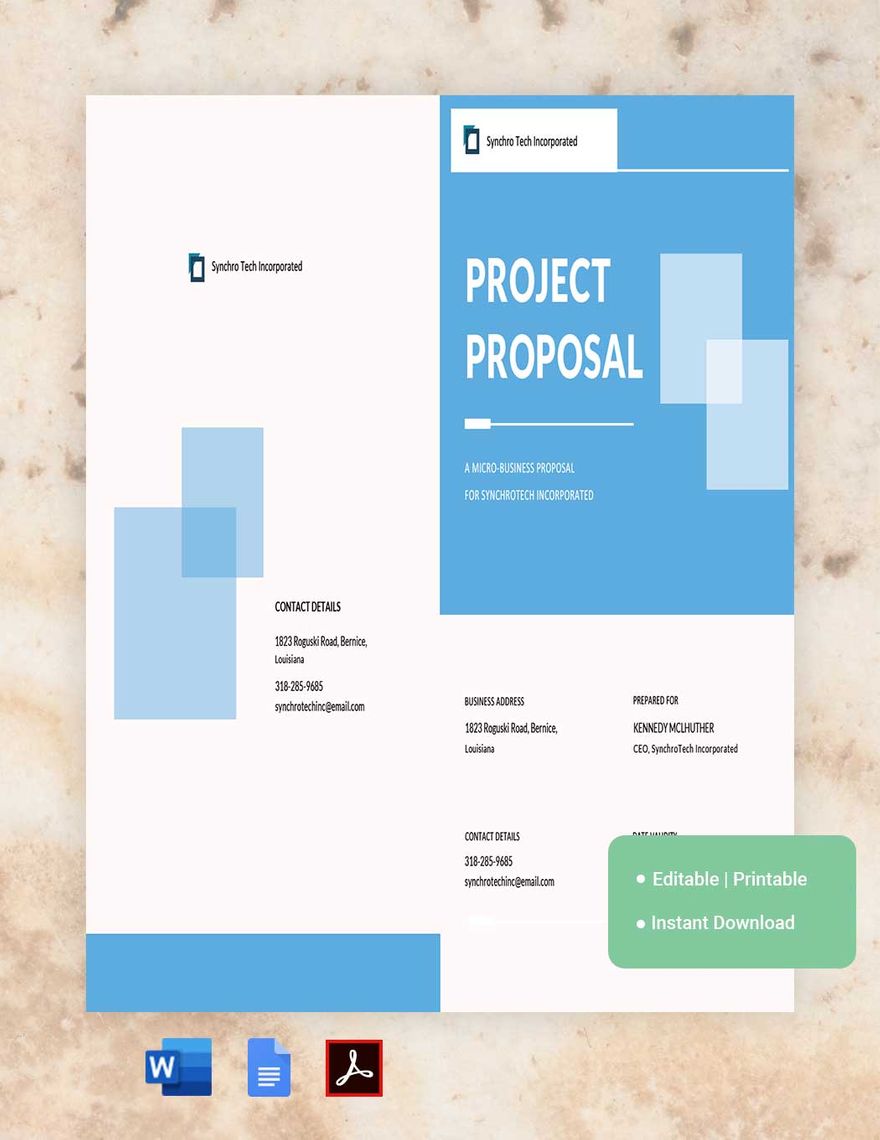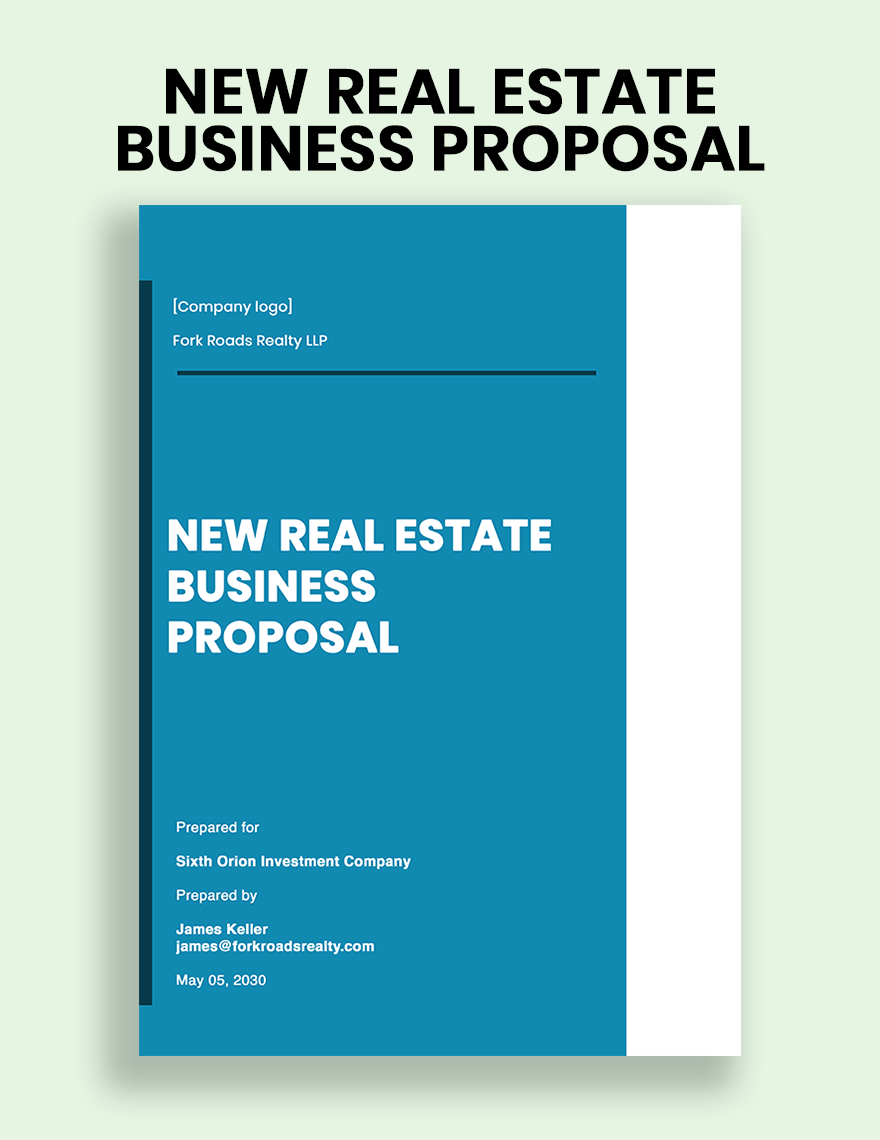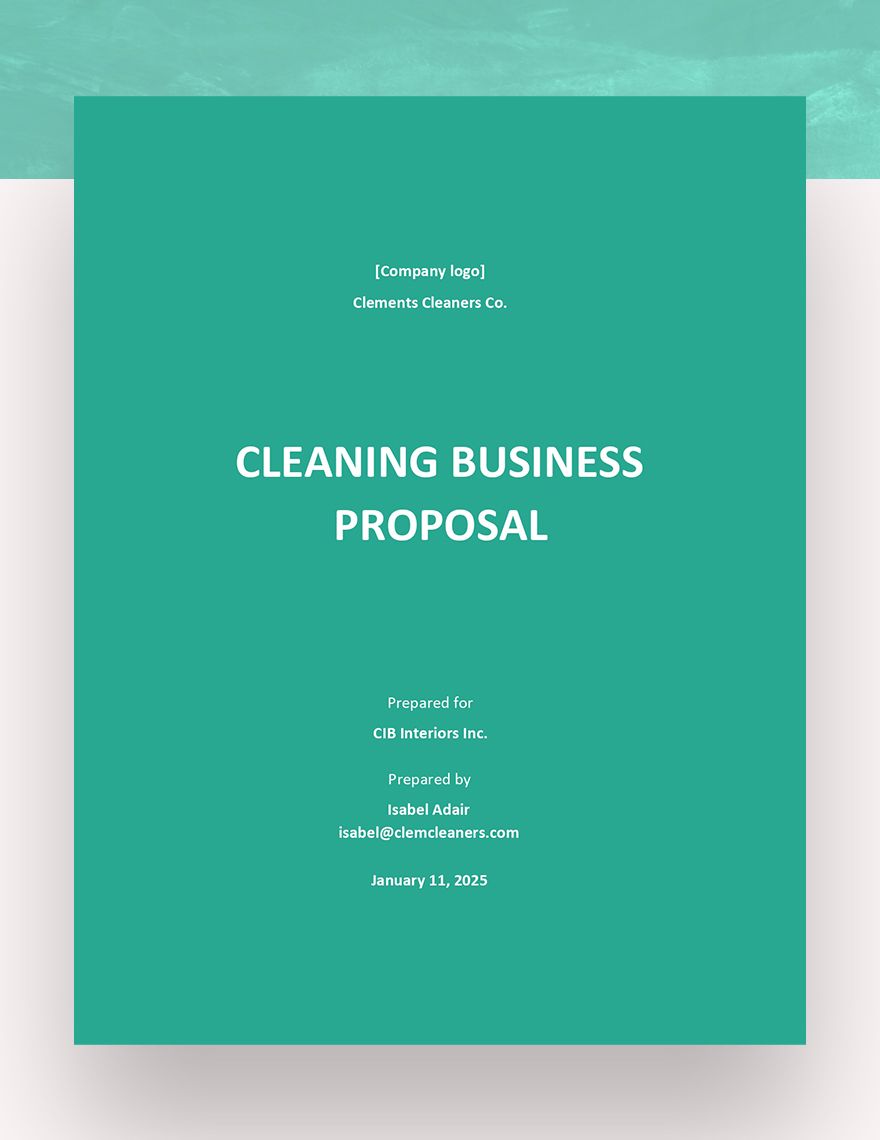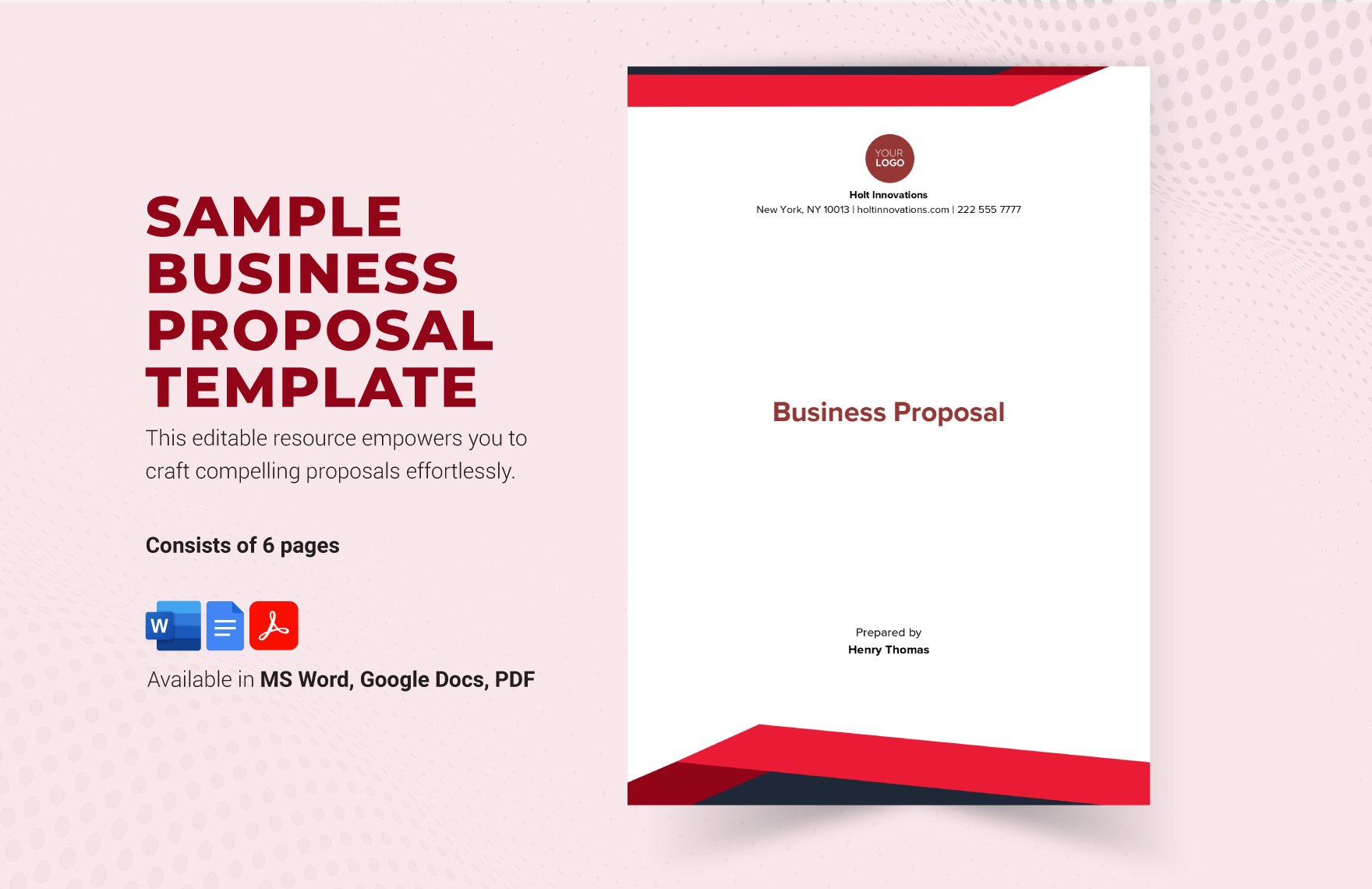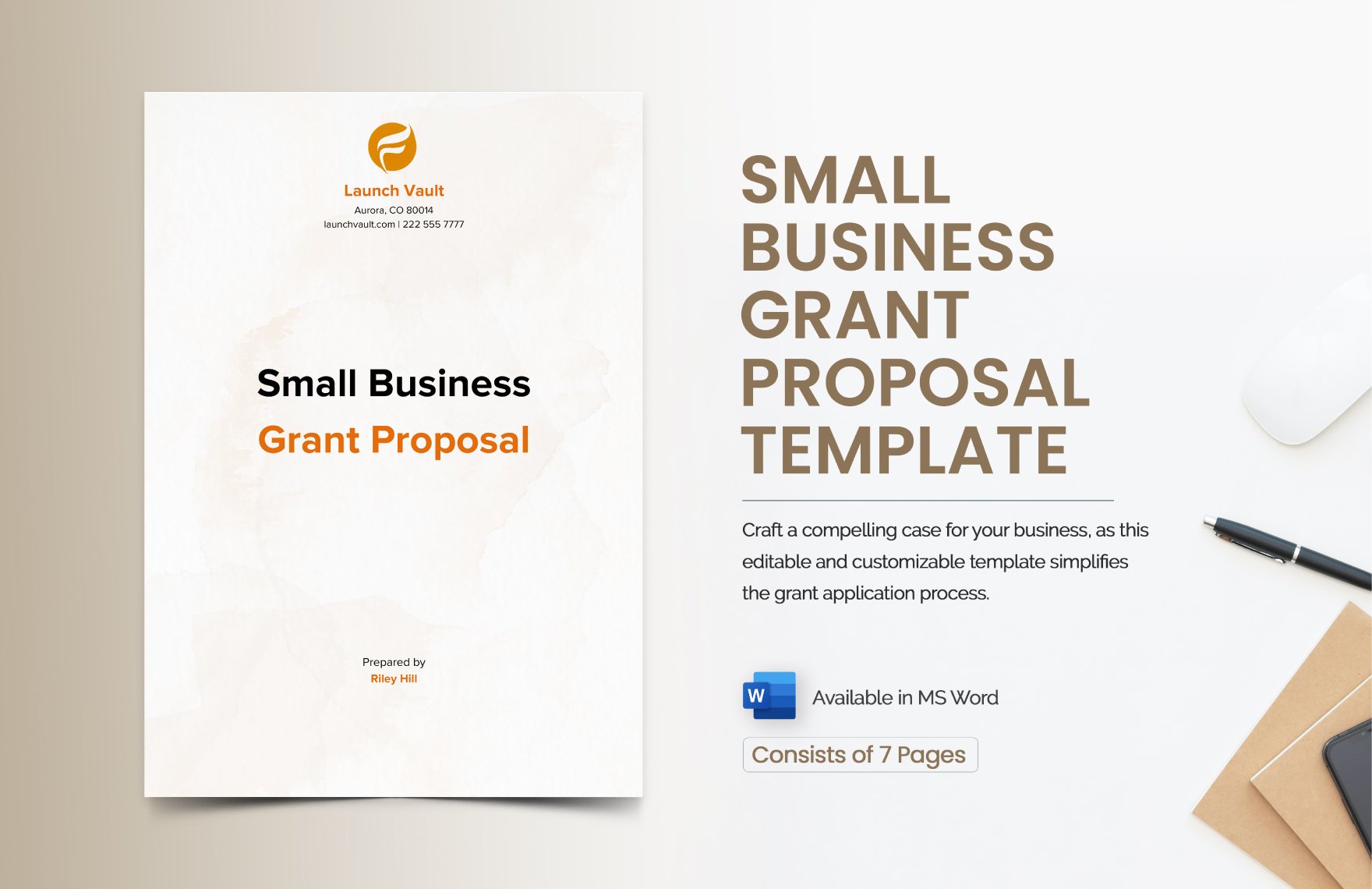Bring Your Small Business Proposals to Life with Small Business Proposal Templates from Template.net
Keep your business thriving, your clients impressed, and your projects on track with Small Business Proposal Templates from Template.net. These templates are designed for entrepreneurs, business owners, and sales professionals who want to communicate effectively and professionally. Whether you need to promote a new service or secure investor funding, these templates can help you craft compelling proposals. They'll include essential sections such as timeframes, project deliverables, and pricing, ensuring that no detail is overlooked. No design skills are required, thanks to the intuitive, professional-grade layouts available at no cost. These templates are customizable for print or digital distribution, letting you focus on closing deals rather than design details.
Discover the many proposal templates we have on hand, catering to different industry needs and presentation styles. Simply select the template that best fits your project, upload your brand's assets, and tweak colors and fonts to match your company aesthetic. You can easily drag-and-drop icons and graphics, or enhance your document with animated effects and AI-powered text tools. The possibilities are endless, and every step is designed to be skill-free—ideal for those looking to make a lasting impression without the hassle. With regularly updated templates, there's always something fresh and relevant to choose from. When you're finished, download or share your polished proposal via email or print, making it ideal for multiple distribution channels or real-time collaboration.


